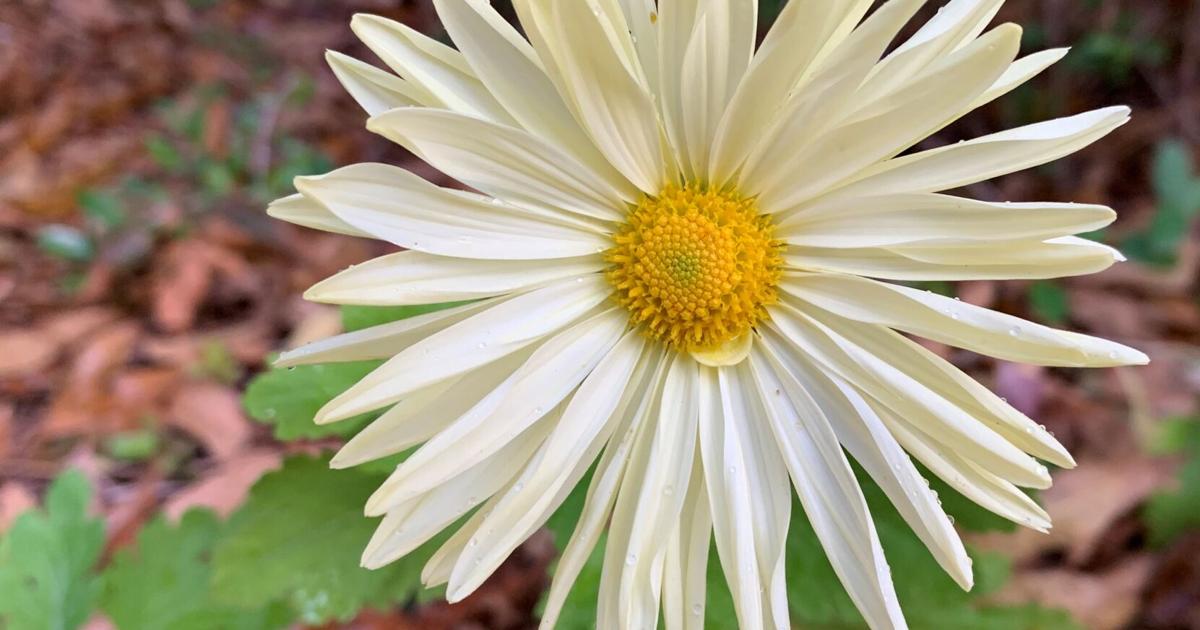Mkovalevskaya / Getty Images
Key Points
-
Fall planting extends fresh harvests with cool-season crops that tolerate frost.
-
Pick quick-growing, hardy veggies and protect them with mulch and row covers.
-
Raised beds and sunny, elevated spots improve growth and yields.
Between garden clean-up and preparing for next season, a gardener’s work is never truly done and with a few tried and true techniques and practices, you can even keep the garden going well into autumn and winter in many areas.
Here’s a look at how to extend the season, along with what you can plant right now to keep on growing.
Why Extending Gardening Season Matters
Late summer and early autumn present a second opportunity to grow cool-season crops like lettuces, kale, cabbage, peas, and more, providing fresh vegetables for the table even into winter months. Light frosts improve the flavor of crops like Brussels sprouts and carrots.
Garlic, shallots, and perennial herbs and flowers get a head start for the following growing season, resulting in bigger, healthier plants and harvests.
Pest, disease, and weed pressure diminish as temperatures start to drop. This reduces the need for chemical intervention, which improves soil health and supports a healthier ecosystem.
Want more gardening tips? Sign up for our free gardening newsletter for our best growing tips, troubleshooting hacks, and more!
Ways to Help Your Plants Thrive Into Fall
-
Plant cold-hardy crops like kale and cabbage, or cool-season crops that mature quickly, like radishes and sweet peas.
-
Harvest leafy greens regularly to keep them growing. Start by picking the older, outside leaves of spinach, chard, kale, and loose-leaf lettuces.
-
Mulch garden beds to retain moisture and insulate against drops in temperature.
-
Use row covers and frost blankets or plant in a cold frame, high tunnel, or unheated greenhouse.
-
Build raised beds. Soil warms up faster and holds heat better for growing a wider variety of cold-sensitive crops.
-
Watch the weather and be ready to protect frost-sensitive fruits, vegetables, herbs, and ornamentals.
-
Keep a garden calendar and journal. Calendars track dates for succession and late planting, and a journal provides valuable information about weather conditions, including frosts, along with a record of performance for autumn crops you’ve grown in the past.
Things to Keep in Mind for Fall Growing
Autumn growing lacks two important conditions available during the summer months. First is available sun exposure, and second is consistently warm air and soil temperatures with little fluctuation. Planting autumn crops at higher elevations or in raised beds allows soil to warm more quickly and reduces potential damage from frosts that condense in lower areas. The higher the area, the more hours of sunlight it receives.
Autumn climates run the gamut, no matter where you live. They can be rainy and wet or marked by extended drought. Plants use less water for cooling, but be careful not to let the soil dry out. Be prepared to adjust your watering schedule as needed.
Keep track of the time it takes for crops to reach maturity and be set up to provide frost protection or plant in cold frames or hoop houses.
Note the lowest temperature a plant can survive. Fruits like tomatoes, peppers, and beans may be more vulnerable to frost than the vines and roots.
Consider planting in pots that can be moved into sunnier or protected locations when temperatures drop.
Watering before a forecast frost can help plants survive. Moist soil holds heat better than dry soil. Always irrigate at the soil level.
5 Winter-Hardy Plants You Can Start Growing Now
Plenty of autumn-grown crops survive through winter, going into dormancy during the coldest part of the season, then putting out new growth once daylight lengthens and temperatures warm. Some root crops can even be stored in the garden with a thick layer of protective mulch and harvested all winter as needed.
-
Leafy greens: Spinach, chard, collards, and kale are easy autumn crops started from seed. Spinach and chard benefit from frost covers during freezing temperatures. Kale and collard varieties can survive even under snow cover.
-
Lettuces: Grow winter-hardy lettuces in cold frames, raised beds, and unheated greenhouses. Harvesting often keeps them growing for fresh salads all winter long.
-
Cabbages: Many cabbage varieties are well-suited to late planting. Frost sweetens the flavor, and insect pest pressure from loopers and caterpillars is greatly reduced.
-
Turnips: Frost improves the flavor of turnips, which can remain in the ground all winter long under heavy mulch.
-
Carrots: Carrots develop more sugars after frosts. This kitchen stable can be stored in the garden right where it grows under a layer of mulch.
Frequently asked Questions
Can I fertilize plants this late in the season?
Whether fertilizing is useful or recommended depends on plant type. Leafy crops like kale and cabbage, and root crops like carrots, benefit from nutrients added later in the season. Fertilizing ornamentals, including flowering trees and shrubs, can initiate new growth susceptible to winter damage. Adding compost is always a good choice.
How can I protect plants from early frost?
Water ahead of predicted frost. Moist soil holds heat for better root protection. Row covers and frost blankets can be easily installed and removed using hoop tunnels.
Read the original article on The Spruce


-1758534154419.webp)





:max_bytes(150000):strip_icc():focal(749x0:751x2)/miley-cyrus-1-092225-f61469454c564525b1b8cd62e9d15c07.jpg)

